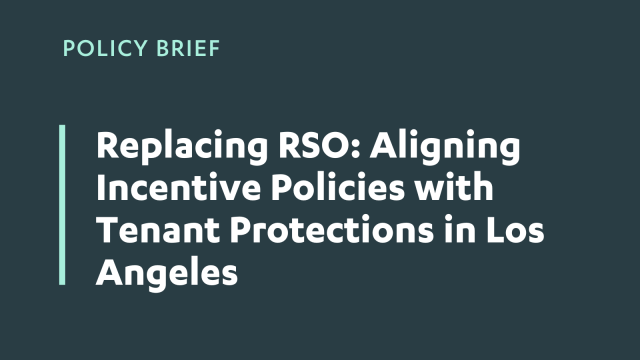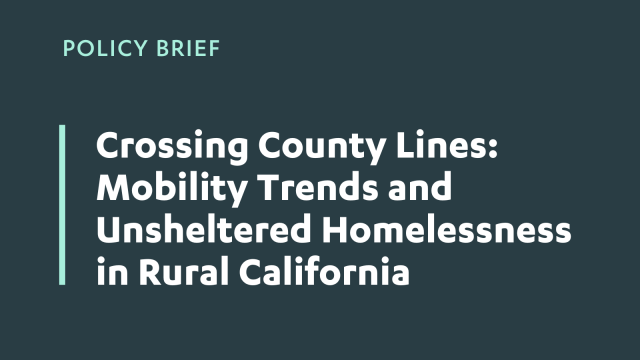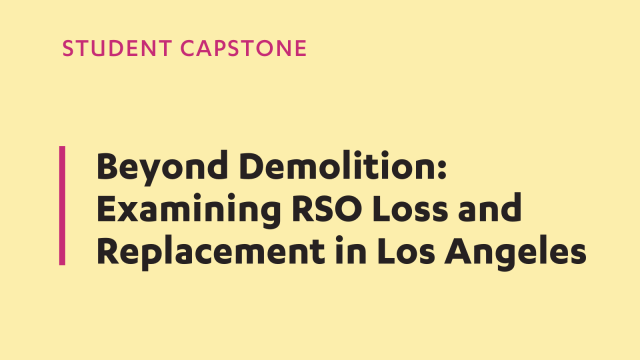A Review of California’s Process for Determining, and Accommodating Regional Housing Needs
Christopher S. Elmendorf | Paavo Monkkonen | Nicholas J. Marantz
This background paper is meant to help the California State Auditor, and the legislators the Auditor serves, better understand (1) the traditional limitations of California’s process for estimating, allocating, and planning for regionally needed housing; (2) how the Legislature undertook to improve this process between the fifth and sixth planning cycles; (3) how the Department of Housing and Community Development (HCD) has implemented the new statutory criteria; (4) the consequences of setting a city’s housing target too high or too low; and (5) some of the major issues to date with 6th cycle housing elements. Our main points are as follows.
1. California’s framework for accommodating needed housing has long suffered from three fundamental problems, which the Legislature and HCD have addressed only partially and equivocally. The audit should highlight these problems and propose solutions.
2. HCD’s determinations of regional housing needs for the 6th cycle were based on reasonable applications of the statutory criteria. In the aggregate, the department’s adjustments for “present needs” are at the low end of the range of independent estimates of those needs.
3. The societal costs of overestimating housing need in the RHNA process are minimal, whereas the costs of underestimating need are severe, given California’s housing crisis. Because the costs of overshooting are minimal, there would be no need for the Legislature to adjust cities’ 6th-cycle targets even if they had been set “too high.”
4. In 6th-cycle housing elements to date, cities are using wildly disparate approaches to assess the capacity of their site inventory to accommodate the city’s RHNA. Only a small minority of cities have realistically accounted for economic conditions and site development rates.



